Copyright 2007 by Steve Solomon
Illustrations copyright 2000 by Muriel Chen
All rights reserved. No portion of this book may be reproduced or utilized in any form, or by any electronic, mechanical, or other means without the prior written permission of the publisher.
First published in 1981 as The Complete Guide to Organic Gardening West of the Cascades.
Published by Sasquatch Books
Cover photograph: Image Werks/Corbis
Cover illustrations: Muriel Chen
Clipart courtesy FCIT
Design: Rebecca Shapiro
Interior illustrations: Muriel Chen
Clipart courtesy FCIT
Library of Congress Cataloging in Publication Data
Solomon, Steve.
Growing vegetables west of the cascades : the complete guide to organic gardening / Steve Solomon.6th ed.
p. cm.
Includes bibliographical references.
ISBN-13: 978-1-57061-534-4 (updated 6th edition ISBN-13: 978-1-57061-897-0)
ISBN-10: 1-57061-534-9 (updated 6th edition ISBN-10: 1-57061-897-6)
eBook ISBN: 978-1-57061-898-7
1. Vegetable gardeningNorthwest Coast of North America. 2. Organic gardeningNorthwest Coast of North America. I. Title.
SB324.3.S67 2007
635.048409795dc22
2007020907
Sasquatch Books
1904 Third Ave., Suite 710
Seattle, Washington 98101
(206) 467-4300
www.sasquatchbooks.com
v3.1
 CONTENTS
CONTENTSIn which the author attempts to hook the bookstore browser and generally warms up the reader to the subject at hand.
An assortment of basic gardening topics, done medium-rare.
What cool-climate vegetables need; how to produce nutritious vegetables where it rains too much; the word fertilizer does not necessarily mean chemical; the vital importance of organic matter in soil and a unique discussion of how much is needed in our region; programs for managing all types of soil, including heavy clays.
How to produce strong compost that grows vegetables like fertilizer does; how to produce weaker compost the easiest ways.
The value of a garden; creating a twelve-month-a-year harvest; succession cropping; crop rotations; making and using raised beds; using greenhouses, cold frames, and cloches; a twelve-month planting calendar; a fall/winter/spring planting calendar for using cloches and frames.
A gardeners textbook of sprinkler irrigation; planning the garden around how often you want to irrigate; gardening with very little irrigation.
How to make seeds come up; an honest look at the vegetable seed trade; who to buy from and why; hybrid vs. open-pollinated seed and other issues.
How to buy seedlings that will grow well; hardening off store-bought seedlings; producing healthy bedding plants at home without a lot of unnecessary foofaraw; a complete calendar and guide to home transplant raising, species by species.
What bugs us here in the maritime Northwest, not in Ohio or California; how to handle local pests without using chemicals; how not to even have to fight them.
A family-by-family and species-by-species guide tailored to the needs of the maritime Northwest gardener covering the specifics of culture, garden planning, insects and diseases, harvesting, growing your own seed, and the best varieties.
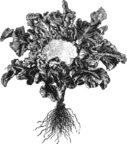 Introduction
IntroductionThere seems to be but three ways for a nation to acquire wealth. The first is by war, as the Romans did in plundering their conquered neighbors. This is robbery. The second is by commerce, which is generally cheating. The third is by agriculture, the only honest way; wherein man receives a real increase of the seed thrown into the ground in a kind of continual miracle.
B ENJAMIN F RANKLIN
IN YOUR HANDS
is a year-round guide to efficiently producing your own nutrient-dense food. It is as complete and as simple as forty years of vegetable gardening can make it.
A Much-Revised Book
C ascadias climate has not changed much since 1978 when I settled in Oregon. How kohlrabi is best cultivated has not changed either. But my understanding of how to grow kohlrabi has steadily improved.
This books first edition appeared in the spring of 1980. I completely rewrote the book in 1981, again in 1984, and again in 1988, each time because I had gained knowledge. The fifth edition required only minor adjustments. The sixth edition only demanded a few tweaksuntil writing The Intelligent Gardener taught me as much about soil management as Id discovered in the past forty years.
The book in your hands is from the final printing of the revised sixth edition, but with an improved recipe for complete organic fertilizer, and thats no small thing!
From the time I homesteaded at Lorane, Oregon, in 1978 until the present, the majority of my food has been vegetables from my own year-round garden. In the mid-1980s I discovered that organically grown does not necessarily mean nutrient-dense. In response I developed a plant nutrient mixture I call complete organic fertilizer (COF). From 1988 (the date I published the fourth edition) until 2011, I thought complete organic fertilizer and some compost was all a gardener needed to produce large yields of great tasting nutrient-dense food. A few years ago I discovered that COF didnt include a few essential plant nutrients and in consequence, my garden had a few persistent disease problems. COF, as then formulated, was also making my clay-loam soil tight and airless despite spreading what should have been plenty of compost. I was shown how to fix these problems and wrote The Intelligent Gardener in order to teach others. And that is why Sasquatch Books is offering an updated sixth edition of Growing Vegetables West of the Cascades.
Why I Write This Book
I t seems to me when people become responsible for their own physical survivaland there is nothing more essential to surviving than foodthey develop a more positive attitude about life. The Oregon countryside is still dotted with homesteads demonstrating this attitude (Washington isnt much different) and thats why I felt so at home when I lived in Oregon.
I write this book so that homesteaders and backyard gardeners can achieve better health by producing their own nutrient-dense food. Having a feeling of well-being lets us throw back our shoulders, move confidently through life, and assert ourselves with grace. I believe that to enjoy excellent health, people must choose fresh, nutrient-dense vegetables and fruit for at least one-third of their food intake. Better yethalf, or even more than half, of their entire diet. Nutrient-dense vegetables are so delicious they automatically uplift a persons dietary preferences. The pleasure we get from eating nutritious food makes us want more of the same, and that makes us healthy. I believe the body was designed for this cycle. But these days North Americans rarely, if ever, encounter nutrient-dense food, which is why they so often choose highly seasoned junk food.
Nutrient-dense food can only develop in soil containing plenty of organic matter and a near-perfect balance of sixteen essential plant nutrients. Many organic gardeners know about organic matter but lack knowledge about providing these essential plant nutrients. This book provides an easy method to build complete and balanced soil fertility.


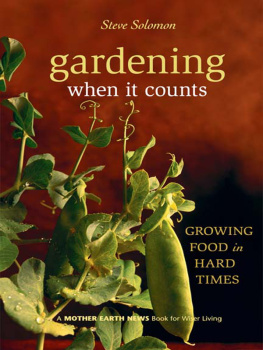
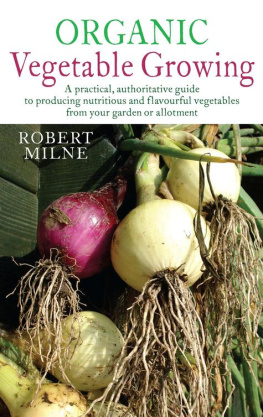
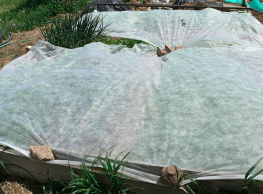

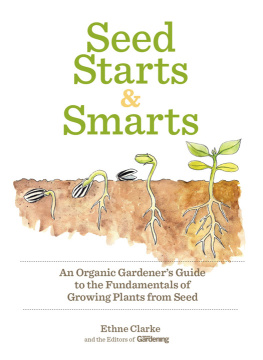


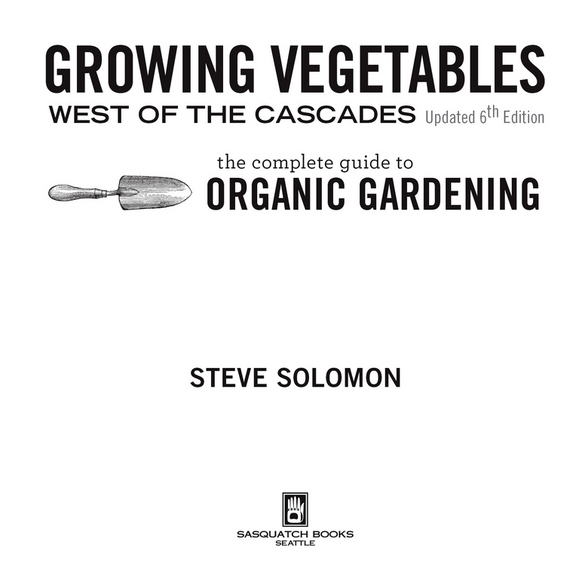
 CONTENTS
CONTENTS